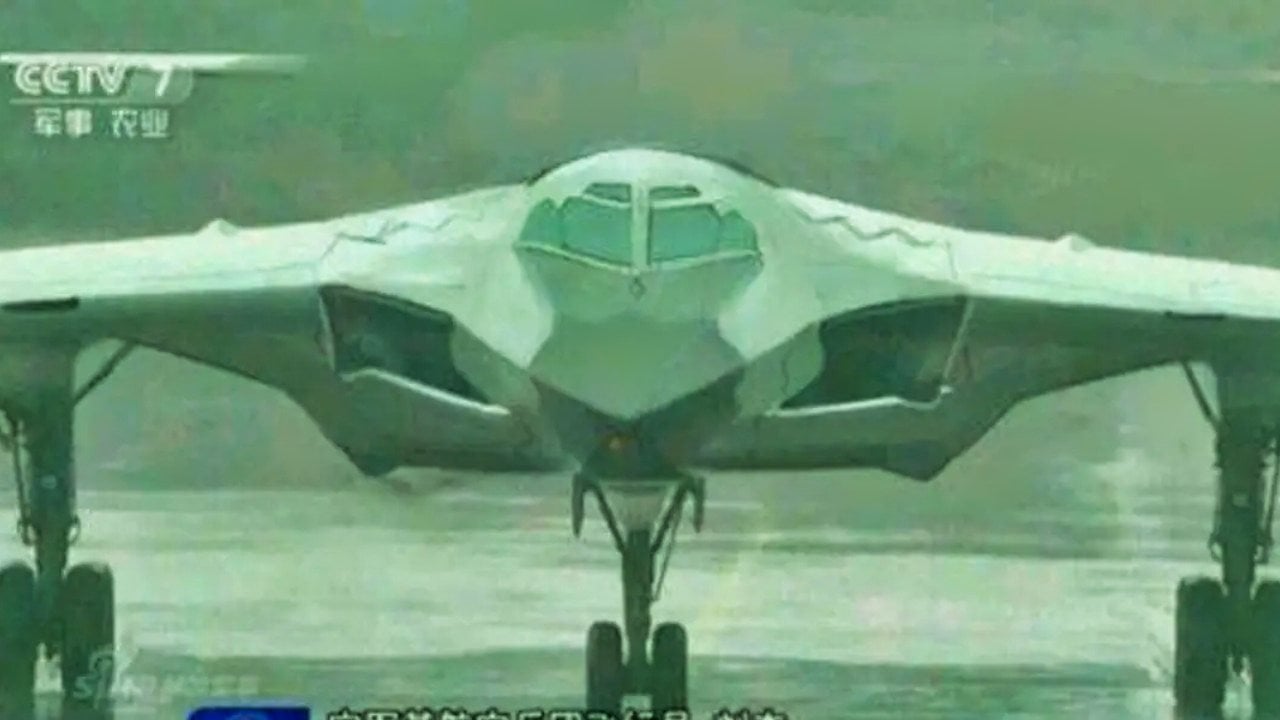Summary and Key Points: China’s H-20 stealth bomber, still cloaked in secrecy, poses potentially transformative threats to US security interests. The H-20 has just one mission: help China win a war against America if that day ever comes.
-Reportedly capable of an 8,500km range without refueling, the H-20 could reach targets beyond the First Island Chain, threatening Guam and possibly even Hawaii.
-It may carry a payload up to 45 tonnes, surpassing expectations for China’s strategic aviation capabilities.
-The bomber’s design bears striking resemblances to America’s B-2 and forthcoming B-21, raising concerns of espionage.
-Questions remain about the true effectiveness of its stealth features, but its emergence could significantly shift strategic dynamics in the Indo-Pacific, challenging U.S. and allied military planning.
The Great H-20 Bomber Question
There are likely more questions than answers surrounding the expected emergence of China’s H-20 stealth bomber, yet what little information is known is likely to cause some concern at the Pentagon.
The initial and most pressing question is simple, as one is immediately likely to wonder if the stealthy platform is comparable to the US B-21 Raider.
The question is likely too difficult to answer given how little is known about both platforms.
However, there are some observable variables likely to be of great significance.
H-20 Beyond First Island Chain
For instance, the H-20 can reportedly extend its range beyond the First Island Chain off the coast of China, enabling it to not only hold the Philippines, Japan, and areas of the South China Sea at risk but also threaten Guam, a US territory.
If extended with a refueler, the H-20 might even be in a position to threaten Hawaii or parts of the continental US.
The Pentagon’s “China Military Power Report.” as far back as 2018 and 2019, said China’s new long-range stealth bomber would potentially introduce paradigm-changing threats as it is expected to operate with an 8,500km range.
Range without needing to refuel is particularly critical to stealth bombers as it enables them to hold more targets at risk for longer periods, extend dwell time for targeting, and maintain stealth.
Massive Bomber Range for China
A reported range of 8,500km appears slightly less than a B-2 bomber’s range of more than 6,700 miles.
However, the Pentagon report says“may also be developing a refuelable bomber that could “reach initial operating capability before the long-range bomber.”
The Pentagon assessment also states that such a refueler could “expand long-range offensive bomber capability beyond the second island chain.” A refueler could also substantially change the equation and enable it to rival the mission scope of a B-2 Spirit stealth bomber, which, as many know, completed 44-hr missions from Whiteman Air Force Base in Missouri to Diego Garcia, a small Island off the Indian coast during Operation Enduring Freedom in Afghanistan.
The H-20 can also fly long with a heavy payload, according to a London-based Royal United Services Institute for Defence and Security Studies report. The essay writes that the state-of-the-art H-20 can carry a massive weapons payload of 45 tonnes and “fly great distances without mid-air refueling.”
The most pressing question likely pertains to the relative effectiveness of the H-20’s stealth capacity.
Indeed, the bomber looks stealthy if artist renderings are accurate, but what about the many critical elements of stealth that are less visible?
What kinds of radar-absorbing coating materials does it have?
Are there thermal signature-reducing technologies and seamless bolts?
Chinese CopyCat: How the H-20 Bomber Was Born?
China’s well-known and well-documented habit of attempting to steal or copy U.S. weapons designs seems particularly apparent in the case of the H-20.
The bomber incorporates a similar rounded upper fuselage, blended wing body, curved upper air inlets, and essentially no vertical structures.
A B-2 or B-21-like configuration indicates that the H-20 may also be designed to achieve “broadband” stealth, meaning it can elude low-frequency surveillance and higher-frequency “engagement” radars.
The concept is to conduct high-altitude, clandestine bombing missions without enemy radar detecting that anything is there at all.
H-20 Bomber Photo Essay
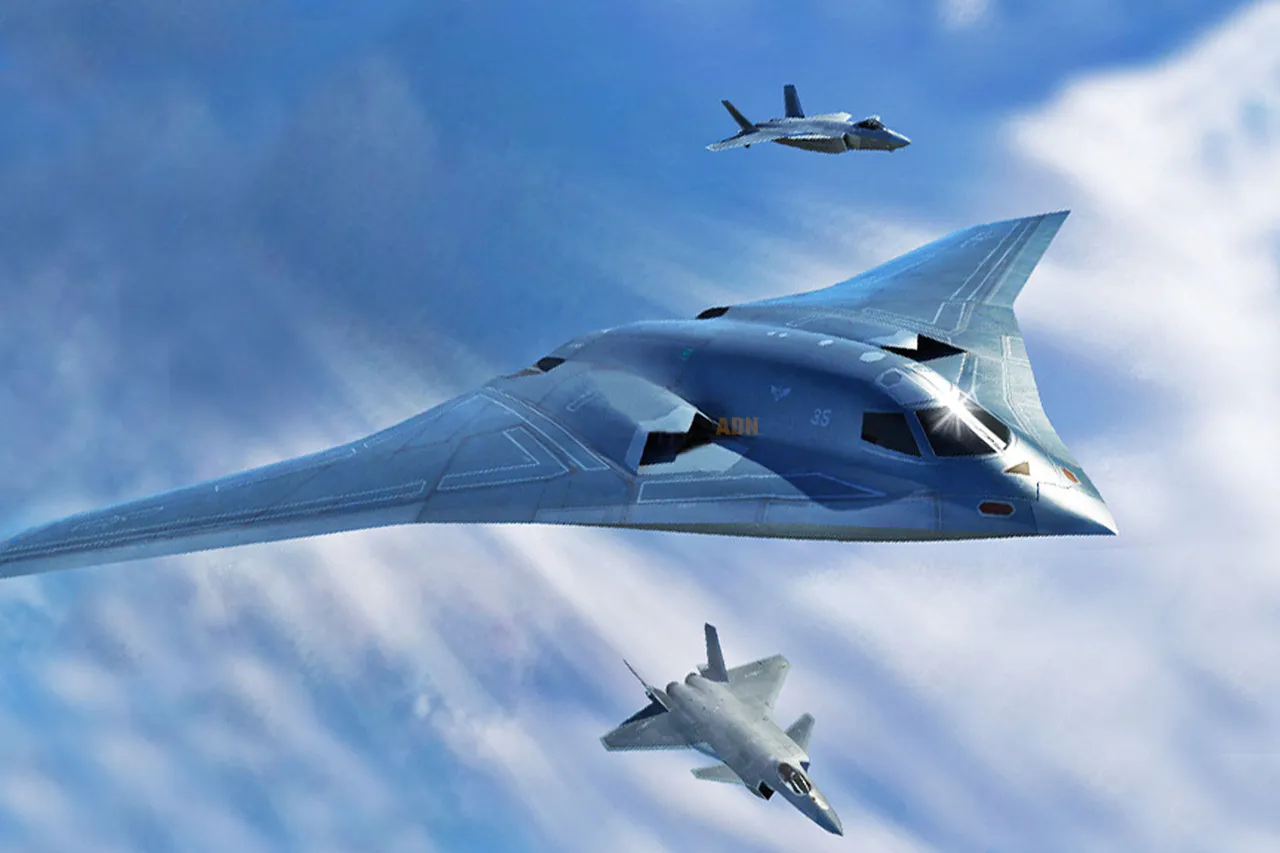
H-20 Bomber. Image Credit: Creative Commons.
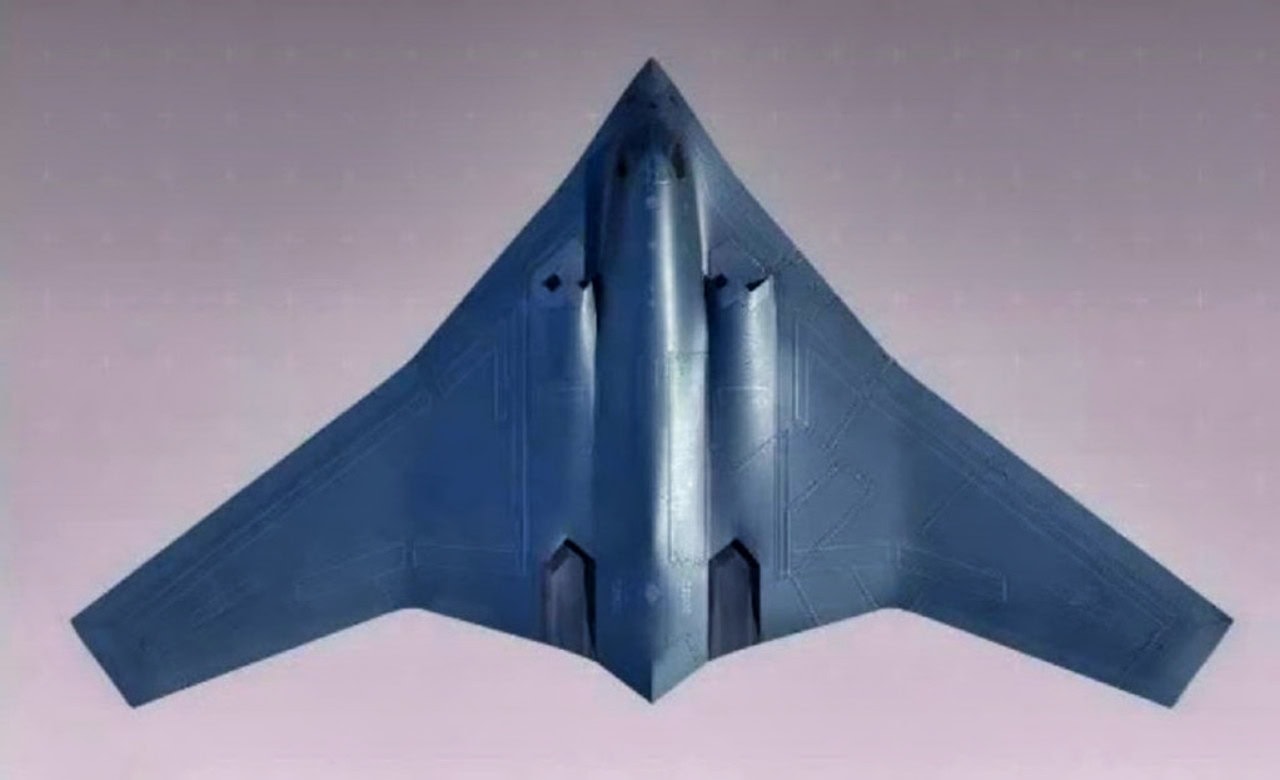
H-20 Bomber from China Artist Rendition.
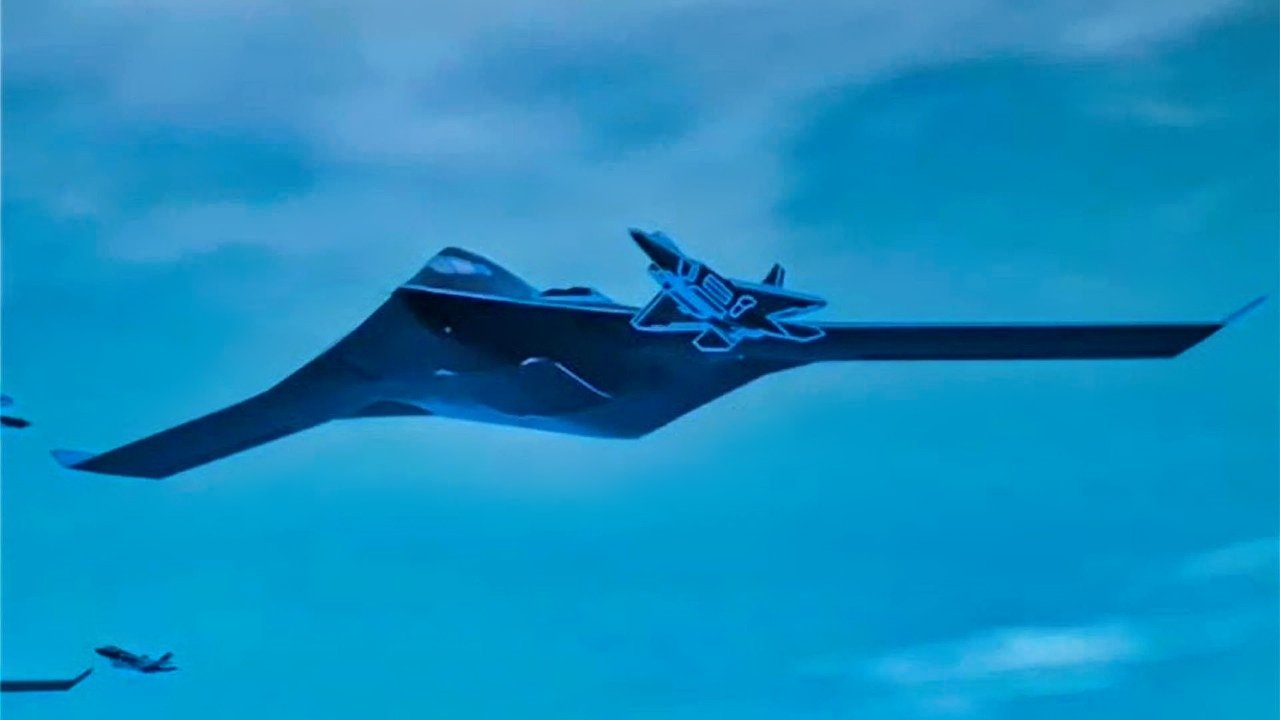
H-20 Bomber Image. Image Credit X Screeenshot.
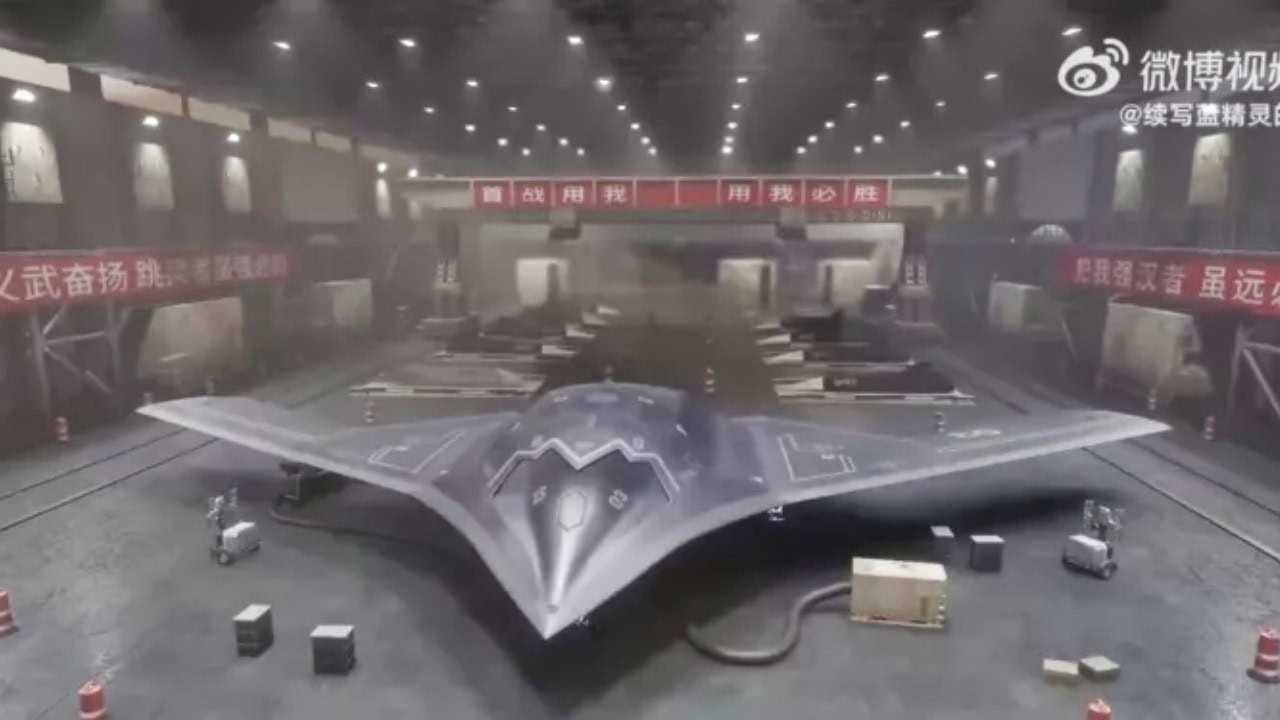
H-20 Bomber. Image Credit: X Screenshot.
About the Author: Kris Osborn
Kris Osborn is the Military Technology Editor of 19FortyFive and President of Warrior Maven – Center for Military Modernization. Osborn previously served at the Pentagon as a highly qualified expert in the Office of the Assistant Secretary of the Army—Acquisition, Logistics & Technology. Osborn has also worked as an anchor and on-air military specialist at national TV networks. He has appeared as a guest military expert on Fox News, MSNBC, The Military Channel, and The History Channel. He also has a Masters Degree in Comparative Literature from Columbia University.

